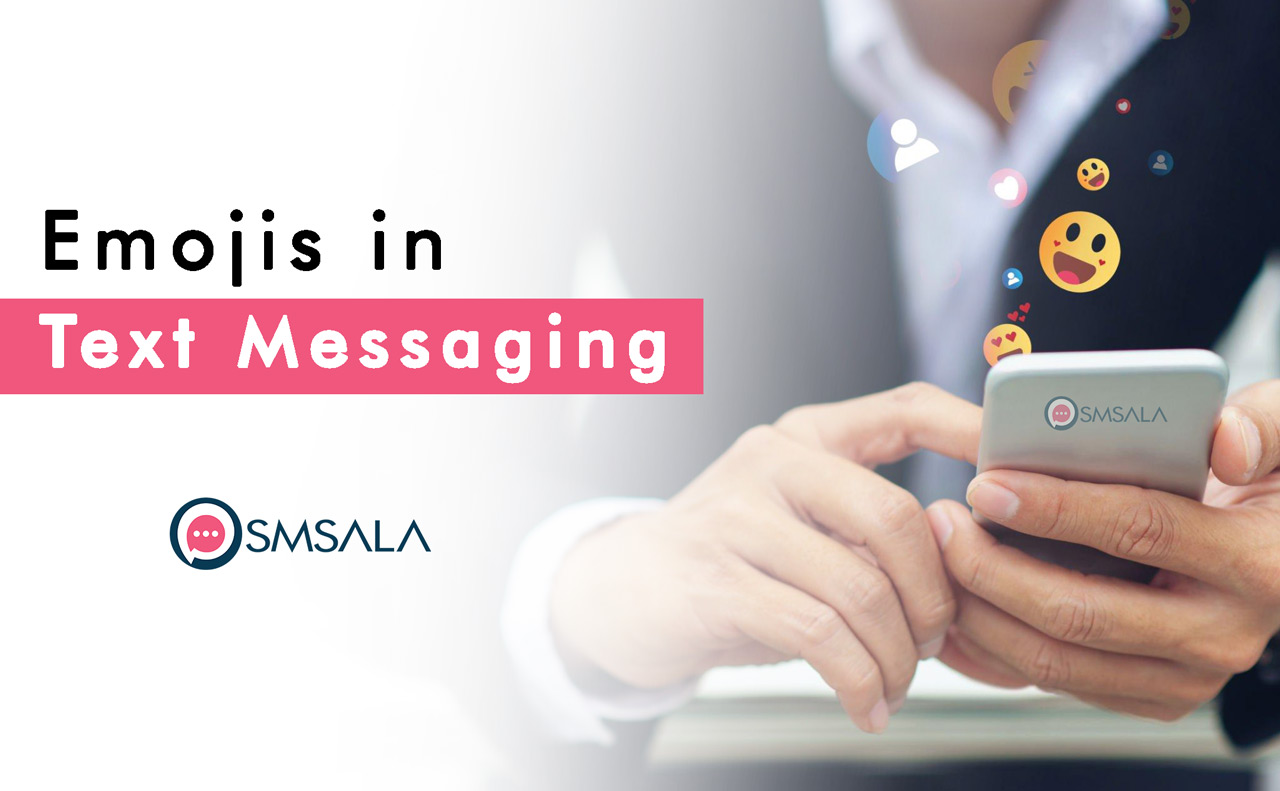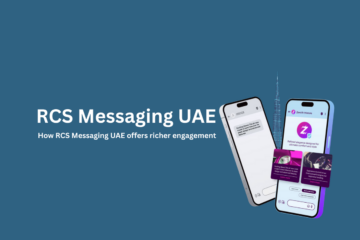With an increase in the use of smartphones all over the world, people are finding new ways to connect with each other. As of now, smartphone subscriptions today surpass six billion, and predictions suggest that this number will continue to rise in the coming years. The evolution from simple texting to more dynamic and interactive forms of communication has been rapid and transformative. Today, simple texting is no longer as fascinating as it once was, with customers increasingly looking forward to more engaging alternatives.
People using feature-rich messaging platforms no longer just use text in their conversations. Recently, the use of emojis has seen a sharp rise, with these modern hieroglyphics becoming essential in expressing emotions and enhancing the communicative value of messages. Emojis transcend language barriers and provide a way to communicate feelings and reactions instantaneously and universally.
Is the use of emojis in text messaging for businesses a viable option while getting in touch with clients around the globe? This question is particularly relevant as businesses strive to globalize and personalize their outreach in an increasingly digital marketplace.
Let’s explore the implications of integrating emojis into business communications, examining if this trend represents the future of corporate messaging and how cost-effective this channel can remain as its use becomes widespread.
Emojis in Text Messaging
All businesses feel the need to innovate in their client services, especially as they face the risk of losing relevance among digitally native audiences like millennials and Gen Z. These groups are known for their quick adoption of visual and interactive communication tools, pushing companies to rethink traditional text-only approaches.
Limited to the A-Z alphabets, traditional text messaging is being reevaluated by marketing teams across various industries. Emojis offer a way to break the monotony and add a layer of excitement and personalization to messages. Beyond just being charming, emojis can significantly increase user engagement, message recall, and ultimately, customer satisfaction.
What Changes Once Emojis are Used in a Message?
The adoption of emojis in text messaging alters the dynamic of communication, not just for the receiver but for the sender as well. Emojis can transform a mundane message into something more lively and emotionally resonant, enhancing its effectiveness and the likelihood of a positive response.
Employing emojis changes the technical composition of messages to Unicode, meaning that messages now include characters beyond the default GSM character set. This shift to Unicode SMS requires thoughtful consideration due to the impact on message length and cost.
In normal SMS, a message can contain up to 160 characters, but this limit decreases to 70 when emojis are used due to their Unicode representation. This reduction forces marketers to be more concise, challenging them to convey their messages effectively within a more restricted format.
The main challenge of integrating emojis into SMS campaigns is managing message length without compromising content quality or incurring unexpected costs. Businesses must optimize their messaging to balance expressiveness with economic efficiency.
Conclusion
Using emojis in SMS can be highly effective, particularly when targeting younger demographics accustomed to emoji-rich communications. However, organizations must consider the financial implications of using emojis, as the reduced character limit can potentially increase the number of messages sent, affecting overall campaign costs.
While emojis can enhance message engagement and readability, their use should be strategic and aligned with the overall marketing goals of the organization. Properly integrated, emojis can enrich communication, foster better customer relationships, and enhance the effectiveness of marketing strategies in a competitive digital environment.
Ultimately, the decision to use emojis should be based on a clear understanding of the audience’s preferences and the specific goals of each campaign. By carefully planning and testing their use, businesses can leverage emojis to not only captivate and engage but also to drive meaningful interactions and business outcomes.




